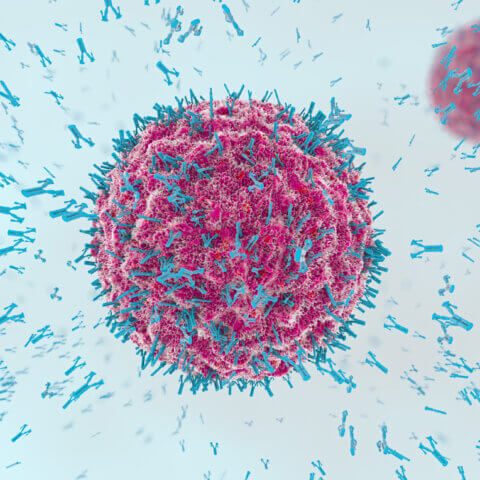Managing clinical trials requires extensive planning of patient enrollment. Clinical trials may be more cost-effective with better forecasts of recruitment. A variety of circumstances influence the enrollment of subjects. Several factors to consider, including the rarity of the condition being examined, the capacity of the trial sites to recruit participants, and the degree of study team motivation, are just a few that come immediately to a clinical lead’s mind. In addition, the impact of the seasons on the patient flow is often ignored while estimating the potential of subject recruitment unless the proposed study is of any seasonal diseases, like the common cold or flu.
Recruitment influenced by seasonality
Patient recruitment in seasonal diseases is not the only category of clinical trials whose subject recruitment may be influenced by seasonality. Many indications exhibit seasonal variation in the patient flow to the hospitals and proportionally affect the subject recruitment of clinical trials running in the hospitals.
It is well-studied that the number of cardiovascular disease cases reported exhibits seasonal variation across the globe. Seasonality peak is caused by a complex interplay of individual vulnerability and environmental variables (including ambient temperature). CVD has a seasonal rhythm in many populations. Cold-weather peaks and clusters of all CVD subtypes are consistently characterized, with heat-wave peaks also identified. Milder climates may be more susceptible to seasonality. Seasonal behavioral and physiological responses regulate cardiovascular seasonality1.
A 2003 study analyzed patient flow from April 1996 to March 2000 (patients with acute lymphocytic leukemia (ALL), acute myeloblastic leukemia (AML), Burkitt’s lymphoma (BL), chronic myeloblastic lymphoma (CML), Hodgkin’s disease (HD), or non-type Burkitt’s non-lymphoma Hodgkin’s (NBNHL)). The initial symptom, month, and diagnostic showed statistically significant monthly variation in initial symptom presentation (p 0.05; peak in October) and diagnosis (p 0.05; peak in November). Seasonal variation was seen in the onset of symptoms in BL (p 0.042) and diagnosis in AML (p 0.049). 2
Spring and summer had lower HBA1c readings than autumn and winter, according to observational research published in the Journal of Pediatric Endocrinology & Metabolism. October-December and January-April had the lowest HbA1c quartiles. Patients with severe hypoglycemia experienced a seasonal change in HbA1c, but not those without. Patients with severe hypoglycemia exhibited less insulin dosage fluctuation in May-September. Patients with severe hypoglycemia reported seasonal change in HbA1c (p=0.019) and a propensity to use lower insulin doses from May to September (after removing those with diabetes for two years).3
A study conducted in 2008 in Hungary with the hospital subject flow data between 2000 to 2004 reports that seasonal dispersion of acute myocardial infarction cases peaked in spring and then dropped until summer. After summer, fall saw a dramatic spike and winter a little decline. Seasons differed significantly (F=34.741; pb0.001). Between 2000 and 2004, the monthly incidence of AMI was most significant in March and May and lowest in August. Then there was a dramatic spike in October, followed by a slow reduction in winter (F= 11.658; pb0.001).4 Above are only a few examples of how seasonality could predict subject flow to a hospital and, in turn, the subject recruitment of clinical trials. If studied, such seasonal variation patterns could also be observed in many other indications. Significant changes have been consistently happening in the way clinical trials are conducted. Technological advancement brings substantial changes in the way how clinical trials are traditionally conducted. Data-driven trial execution is now adopted by most clinical trial organizations. However, the success of such models depends on predicting and cutting short the turn-around time of critical operational factors like subject recruitment etc. Indeed, seasonality is one such trigger that can be explored in any indication to predict subject recruitment.
[1] S. e. al, “Seasonal variations in cardiovascular disease,” Nat Rev Cardiol, vol. 14, no. November 2017, p. 654–664, 2017.
[2] M. Karimi and o. Yarmohammadi, “Seasonal variations in the onset of childhood leukemia/lymphoma:,” Hematological Oncology, vol. 21, no. 2, pp. 51-55, 2003.
[3] S. N. &. J. Ludvigsson, Journal of Pediatric Endocrinology & Metabolism, vol. 13, no. 5, pp. 529-535, 2000.
[4] I. Kriszbacher, “Seasonal variations in the occurrence of acute myocardial infarction in Hungary between 2000 & 2004,” International Journal of Cardiology, no. 129, pp. 251-254, 2008.




